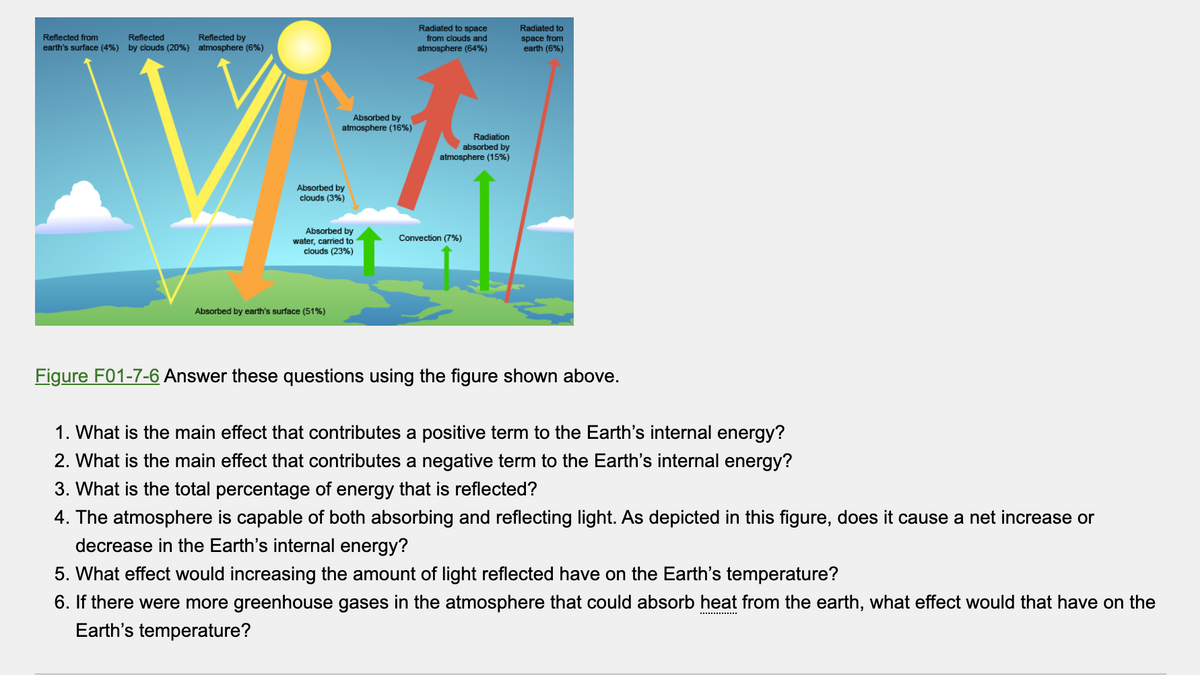4. The atmosphere is capable of both absorbing and reflecting light. As depicted in this figure, does it cause a net increase or decrease in the Earth's internal energy? 5. What effect would increasing the amount of light reflected have on the Earth's temperature? 6. If there were more greenhouse gases in the atmosphere that could absorb heat from the earth, what effect would that have on the Earth's temperature?
Thermochemistry
Thermochemistry can be considered as a branch of thermodynamics that deals with the connections between warmth, work, and various types of energy, formed because of different synthetic and actual cycles. Thermochemistry describes the energy changes that occur as a result of reactions or chemical changes in a substance.
Exergonic Reaction
The term exergonic is derived from the Greek word in which ‘ergon’ means work and exergonic means ‘work outside’. Exergonic reactions releases work energy. Exergonic reactions are different from exothermic reactions, the one that releases only heat energy during the course of the reaction. So, exothermic reaction is one type of exergonic reaction. Exergonic reaction releases work energy in different forms like heat, light or sound. For example, a glow stick releases light making that an exergonic reaction and not an exothermic reaction since no heat is released. Even endothermic reactions at very high temperature are exergonic.
from 4 to 6 please
thank you

Trending now
This is a popular solution!
Step by step
Solved in 2 steps






